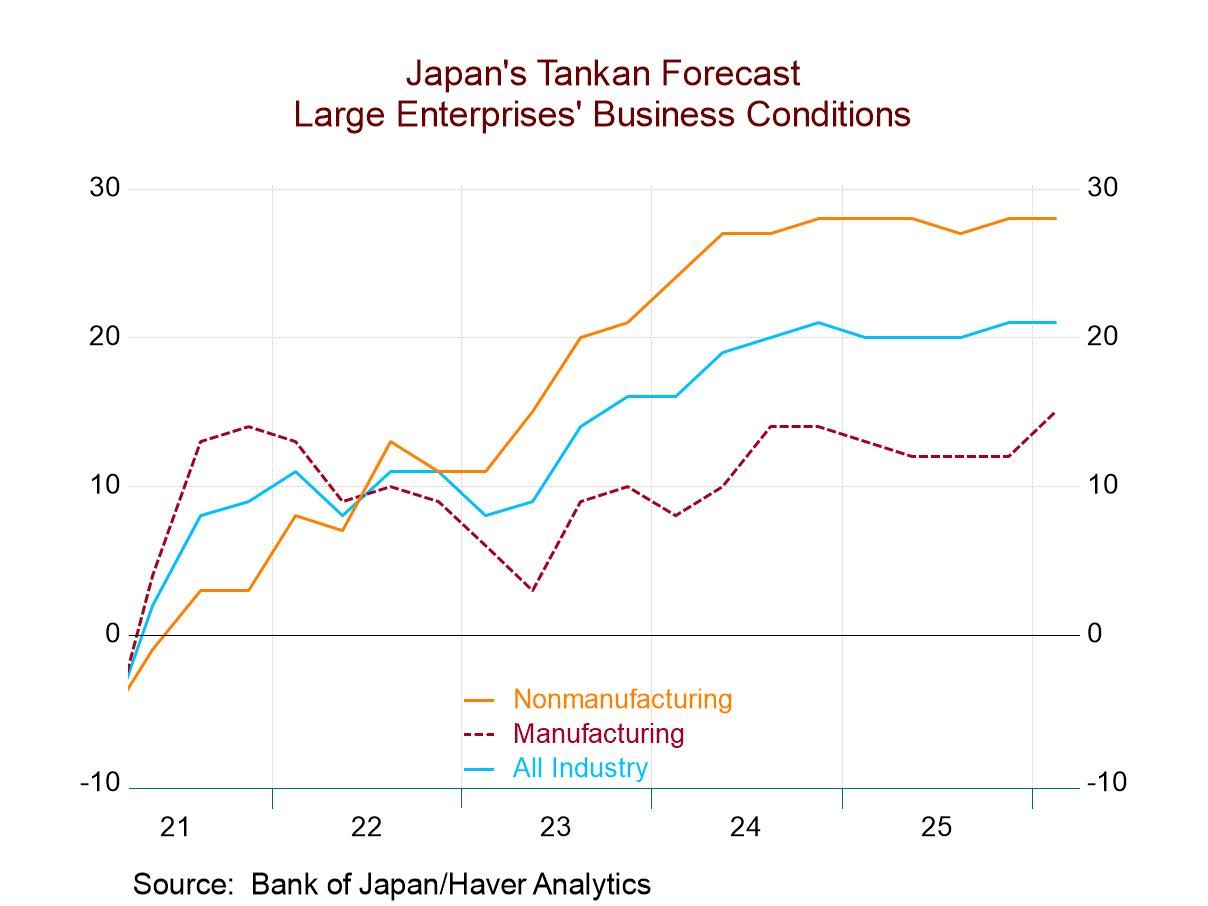U.S. Initial Unemployment Insurance Claims Maintain Tight Range
Summary
- Initial claims flat at 208,000 in April 27 week.
- Continued claims also unchanged in April 20 week.
- Insured unemployment rate maintains 1.2% level since March 2023.


Initial claims for unemployment insurance were steady last week, ended April 27, at 208,000 seasonally adjusted; the April 20 week’s number was revised marginally from 207,000. The latest week was close to the Action Economics Forecast Survey estimate of 210,000. The four-week moving average of initial claims was 210,000 in the April 27 week, down from 213,500 the week before. The latest week’s data extends the tight range of initial claims, which has hovered from 194,000 to 228,000 since September 3, 2023.
The number of continued claims for unemployment insurance, also called “insured unemployment,” was 1.774 million in the April 20 week, unchanged from the prior week; that earlier amount was revised from 1.781 million reported last week. As with initial claims, the number of continuing claims has maintained a tight range for several months, running from 1.728 million to 1.829 million since June 3, 2023.
The insured unemployment rate, that is, the number of unemployment benefits recipients as a percent of covered employment, was again 1.2% in the April 20 week. This rate has been steady at 1.2% since March 11, 2023.
Insured unemployment rates vary widely among individual states. In the April 13 week, the highest rates were in New Jersey (2.50%), California (2.31%), Rhode Island (1.91%), Minnesota and Illinois (both 1.85%), and Massachusetts (1.84%). The lowest rates were in Kansas (0.33%), Florida (0.37%), South Dakota (0.39%), North Carolina and Virginia (both 0.41%) and Alabama (0.42%). Rates in other prominent states include Arizona (0.74%), Texas (1.07%), Pennsylvania and Connecticut (both 1.54%) and New York (1.74%). These state data are not seasonally adjusted.
Data on weekly unemployment claims are from the Department of Labor, not the Bureau of Labor Statistics. They begin in 1967 and are contained in Haver’s WEEKLY database and summarized monthly in USECON. Data for individual states are in REGIONW back to December 1986. The expectations figure is from the Action Economics Forecast Survey in the AS1REPNA database.


Carol Stone, CBE
AuthorMore in Author Profile »Carol Stone, CBE came to Haver Analytics in 2003 following more than 35 years as a financial market economist at major Wall Street financial institutions, most especially Merrill Lynch and Nomura Securities. She had broad experience in analysis and forecasting of flow-of-funds accounts, the federal budget and Federal Reserve operations. At Nomura Securities, among other duties, she developed various indicator forecasting tools and edited a daily global publication produced in London and New York for readers in Tokyo. At Haver Analytics, Carol was a member of the Research Department, aiding database managers with research and documentation efforts, as well as posting commentary on select economic reports. In addition, she conducted Ways-of-the-World, a blog on economic issues for an Episcopal-Church-affiliated website, The Geranium Farm. During her career, Carol served as an officer of the Money Marketeers and the Downtown Economists Club. She had a PhD from NYU's Stern School of Business. She lived in Brooklyn, New York, and had a weekend home on Long Island.





 Asia
Asia